History of Art:Albert von Keller (Swiss, 1844-1920)-(II)
Lily disgeistes (1895)

Lily disgeistes, the anonymous medium von Keller painted in 1895, is to this day the most enigmatic figure in the painter’s corpus.Her countenance, pale, nervous, sensitive and slightly fraught, unites the quintessential features of his subjects. His sympathy for his model’s
sleepwalking essence is overt; she was surely one of the figures in his repertoire in whom he saw his own soul reflected.
В 1898 году ему было пожаловано дворянство. Несломленное до последних лет его жизни, поражало необычно изысканное присутствие Келлера в общественной жизни Мюнхена.
Несмотря на свою принадлежность к Сецессиону, Келлер остался верен традициям мюнхенских ателье. В большинстве его работ присутствует сочетание изобразительного и психологического интересов, а также, виртуозная, продуманная до мелочей цветовая диалектика, всегда привлекательная и интригующая, напоминающая редкие тепличные растения.
+
В 1906 и 1907 годах стареющего художника постигает тяжелое семейное горе - смерть единственного сына и, вскоре после этого, супруги.


В это же время большая, организованная Сецессионом выставка с почти полутораста картинами, становится важнейшим событием мюнхенской художественной жизни.
Gisela von Wehner with Daughter Ilka (1906)
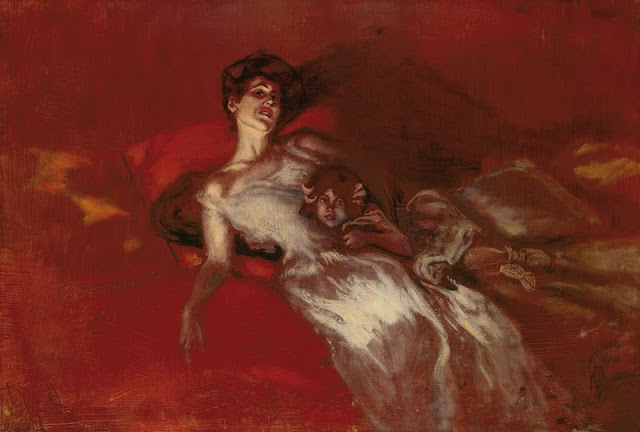
End of the evening;Gisela von Wehner in grosser Toilette, 1906
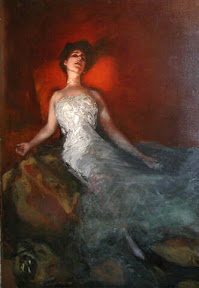

THE LAST ARTIST BEFORE CLASSICAL MODERNISM
Keller’s first exhibitions were held in 1870. He visited France regularly and was a frequent participant in the Parisian salon, and in 1892 he co-founded the Munich Secession. The exhibition of 145 of his works organized by the Munich Association of Visual Artists in 1908 was an artistic and social happening. Although Keller was considered an important painter during his lifetime, however, his oeuvre retreated into obscurity after the artist’s death.
Camilla Eibenschütz Myrrhine in Lysistrata (1909)
Die Tänzerin Madeleine (1904)
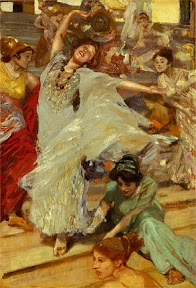

Произведения Келлера экспонируют многие европейские собрания: Новая Пинакотека Мюнхена (16 картин), Новая государственная галерея Мюнхена (4 картины), Ляйпцигский музей, Берлинская национальная галерея, Гамбургский выставочный зал, Бременский выставочный зал, Государственное художественное собрание Базеля, Галерея 19 века в Верхнем Бельведере, Вена."(c)источник
***
Gisela von Wehner, 1908;Jugend


Kassandra - 1911 (Gisela von Wehner)

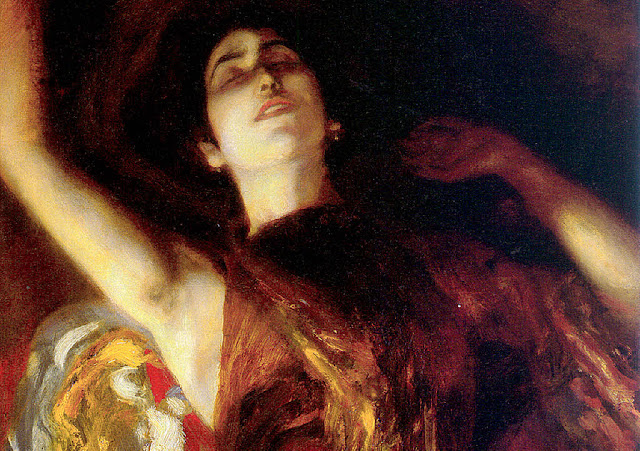
In Erwartung,1912 (Gisela von Wehner)

***
Burning of a Witch
Höllenfahrt (1912)

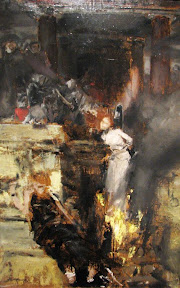
***
Sopranistin Hermine Bosetti (1913)
In the Ballroom


***
Seance: Albert Von Keller and the Occult-Amazon

Keller’s close association with the Munich psychiatrist Dr. Albert von Schrenck-Notzing (1862-1929), and his participation in séances and occult experiments, placed him at the center of passionate debates in fin de siècle Germany on Seelenleben, or the life of the soul. While fascinated by the paranormal, Keller was equally enthralled by traditional Christian narratives such as the raising of the dead, the powers of mystical healing, and the mysteries of stigmata. He engaged in a lifelong search for new techniques and visual forms to describe shifting, uncertain states of being and becoming.
The Frye Art Museum-The exhibition and catalogue, which is published by the Frye Art Museum and distributed by the University of Washington Press, document for the first time the reception of Keller’s work in America; his participation in international exhibitions in Chicago, New York, and Saint Louis; and his presence in important private U.S. collections of German art. Highlighted are paintings from the late 1870s to the beginning of the First World War-a period marked by his scandalous elopement with a beautiful banker’s daughter, Irene von Eichthal (1858-1907); the tragic death of his only child; and the death of Keller’s wife in a state of profound grief, just months later.
Kunsthaus-Zurich:Albert von Keller
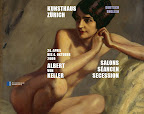
This entry was originally posted at http://elle-belle.dreamwidth.org/1559765.html. Please comment there using OpenID.